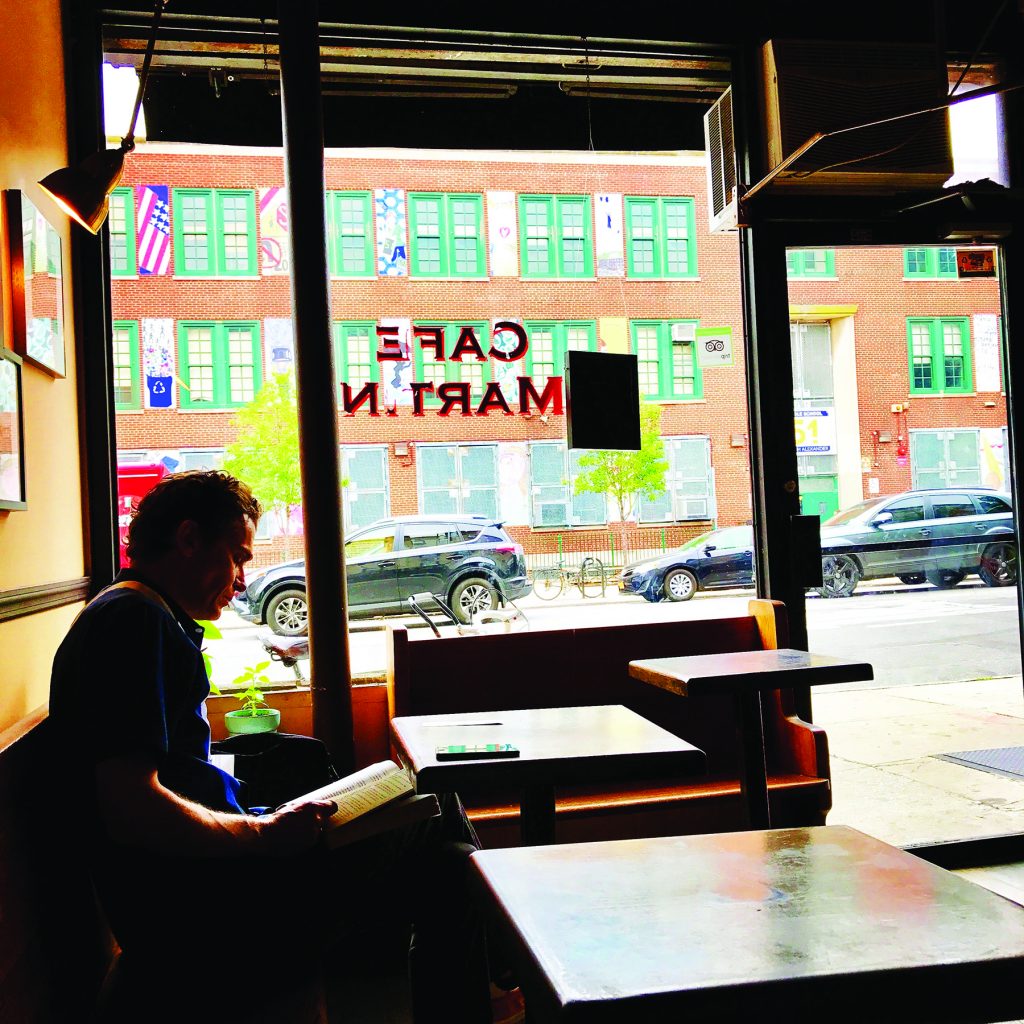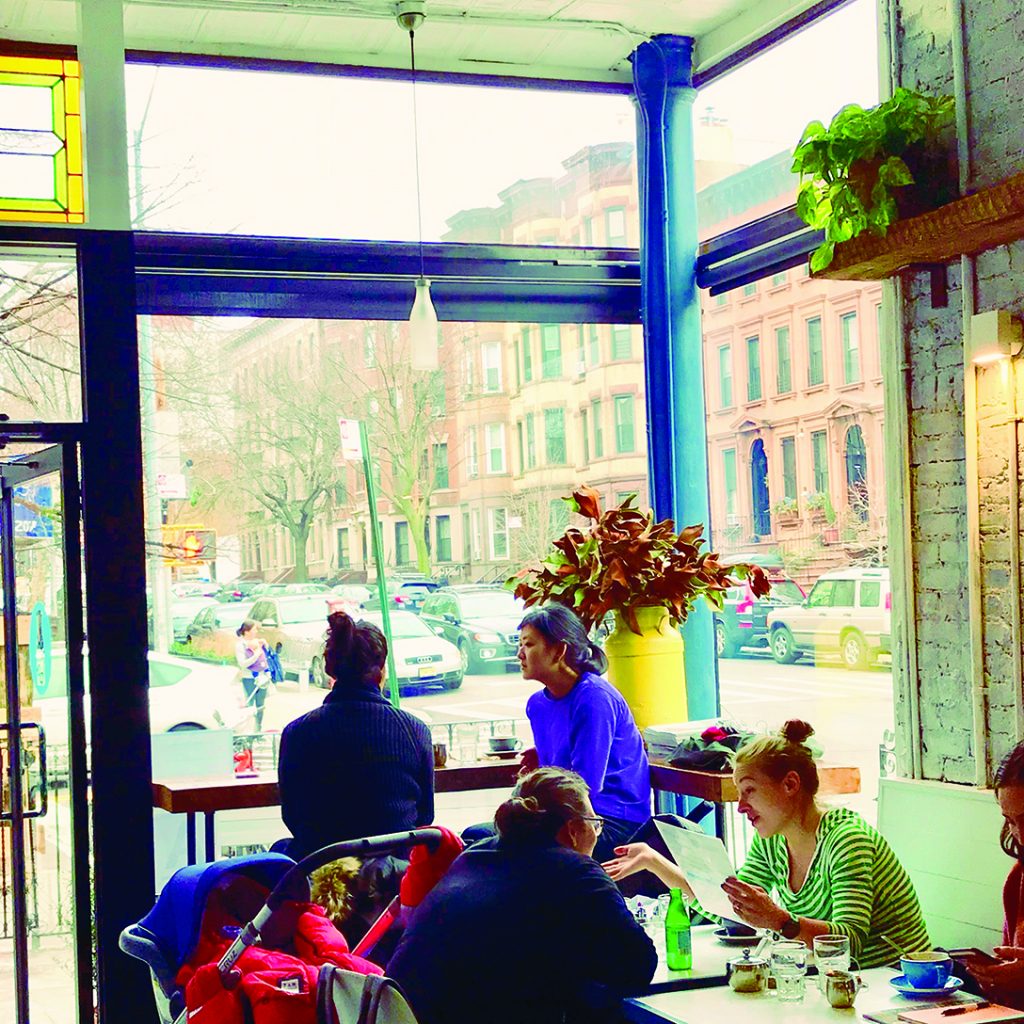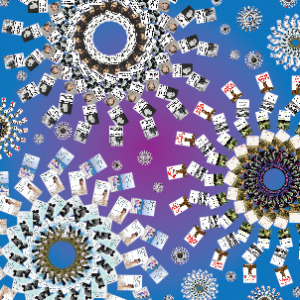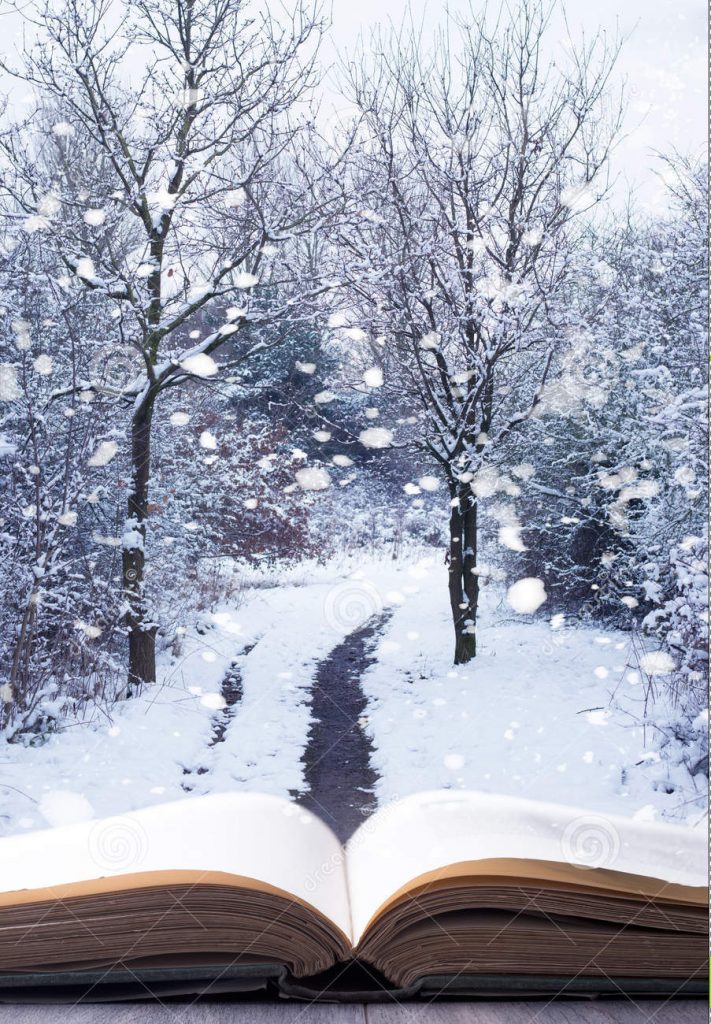
I can’t think of a better excuse to leave the apartment on a sunny Saturday afternoon than the prospect of losing myself in a book at a neighborhood cafe. What could be more indulgent? So order a drink “for here,” crack open the spine, and settle in. These pairings are as apropos as clogs and the Park Slope Co-Op.
Milk Bar (204 6th Ave)
Bright and buzzing, Milk Bar begs to be paired with equally as lively literature. The bar facing Sixth Avenue was built for leisurely browsing in the warmth of the light with a cappuccino in hand. There’s plenty of space and lots to order, but come early as the cafe closes at 4 pm. Benches outside the door make for prime stroller parking.
Pick up a copy of independent magazine like Gentlewoman, Apartmento, or AnOther magazine. Supporting smaller publications is a rewarding way to discover new writers and delightful art. I recently took out a subscription to The Sewanee Review. Along with reading a poignant new essay by an author I adore, I was able to discover tons of new voices. A total win/win.
Cafe Martin (355 5th Ave)
Pew benches line the walls of this tiny, adorable cafe tucked away on 5th Avenue. Perfectly Parisian and oozing charm, this isn’t the place to unload a laptop or catch up on your latest macrame project. Consider packing a book of poetry, instead. Maybe even consider a striped shirt or beret to really up the French factor.
A Night in Brooklyn by D. Nurkse is as close as it comes to the official poetic guide to the borough. His renderings of the imperfections that make this part of the city so beloved are stunning.
Other books of poetry like Not Here by Hieu Minh Nguyen and There Are More Beautiful Things Than Beyonce by Morgan Parker are all excellent choices.
Os Cafe (535 6th Ave)
Quaint, with just enough space to settle in with a book, Os Cafe is always stocked with fresh pastries. Alternative milks, such as oat and almond, abound. The space is quiet, warm, and perfect for starting a new memoir.
Joy Enough by Sarah McColl mentions the iconic willow just across the street on 16th. Her memoir is a sweeping look at loss and love through the lens of the relationships that bolster her life. From the Emily Dickinson sentiment that “The mere sense of living is joy enough,” springs this thoughtful and arrestingly emotional story. Other memoirs like The Glass Eye by Jeannie Vanasco or My Soul Looks Back by Jessica B. Harris make great choices, as well.

Cafe Regular Du Nord (158 Berkeley Place)
Eclectic and beloved by locals, this cafe is a Park Slope institution. Read as: it fills up quickly on the weekends. Consider coming early one morning, ordering an espresso, and immersing yourself in a food memoir. If you make a habit of it, you might even be featured as one of the cafe’s “Spotlight Regulars.” Some outdoor seating is provided, as well.
It’s hard to even consider French culinary culture without thinking of Julia Child. Both her iconic voice and playfulness in the kitchen are captured brilliantly in her memoir, My Life in France. To read this book is to feel and taste the side of France Julia fell madly in love with. A Homemade Life: Stories and Recipes from My Kitchen Table by Molly Wizenberg is a classic of the genre, as well.
Muse Cafe (497 6th Ave)
Lots of table space equals high potential for productivity. This cafe would be the perfect place to start the nonfiction brick of a book that’s been staring at your from your bookshelf for months. Plenty of food options make it prime for bunkering down for an afternoon. Outdoor seating also makes it ideal for lingering.
Anything by Nancy Jo Sales would be a safe bet. American Girls: Social Media and the Secret Lives of Teenagers might be my favorite of her books. It’s surprisingly easy to read, despite its intimidating length. And in true Sales fashion, the writing always feels from inside rather than strictly observational. Also, this cafe feels surprisingly kid friendly. I loved reading Sofia’s Stoop Story: 18th Street, Brooklyn by Marcia LaPaca Bohrer, recently. It’s a local account of Sundays spent with family and the community Park Slope has always fostered.


